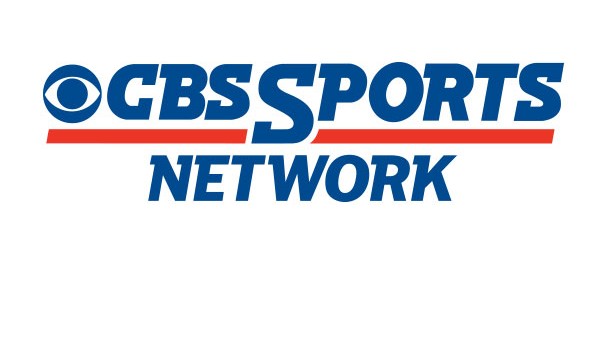Last week, the time-slot complications which are a constant part of life as a college football fan or chronicler did not become as severe as they could have.
Oklahoma State’s blowout of TCU in the 3:30 window enabled us to see the Florida State-Clemson conclusion without a sense of heightened worry that we’d miss meaningful football in Stillwater. In the 7 p.m. Eastern time window, Navy’s thumping of Memphis enabled us to see more of LSU-Alabama and the Michigan State-Nebraska conclusion, which snuck up on me since I gave up on that game (and the Huskers) when Sparty went up by a 38-26 margin.
What do we face this week as college football television viewers? Let’s go to the schedule grid.
*
In the noon window, Pittsburgh-Duke is the best game on the board, while Texas-West Virginia is an “embattled coaches” special edition. There’s no game which cries out for a differentiated time slot. Nevertheless, the Big Ten has its games heavily stacked in this window, so moving Maryland-Michigan State to 11:15 or 11:30 Eastern would become part of my ideal TV schedule. Moving Ohio State-Illinois to 12:30, so people didn’t have to wake up quite as early to see the Buckeyes, would also make some sense.
As usual, only two games start between 12:30 and 3 Eastern. One of those games is an important one in the Mountain West, as Air Force and Utah State play for the right to stay with Boise State in the MWC’s Mountain Division. That’s an ESPN3 and WatchESPN game.
*
In the 3:30 window, Miami-North Carolina, Alabama-Mississippi State, and Oklahoma State-Iowa State all compete with each other. Oklahoma State should trounce Iowa State, but then again, that should have happened in 2011, the last time the Cowboys had visions of playing for the national title. An ideal schedule would certainly move at least one of those three contests to 4:15 or 4:30, and another one to 5 Eastern. Michigan-Indiana could be an interesting game on ABC. Given that ABC’s primetime offering of Oklahoma-Baylor is an 8:07 kick, putting Michigan-Indiana at 4 would not seem to be out of the question in an ideal world.
To reinforce the reality of the cluttered time slot, notice that whereas September features a number of 6 Eastern kickoffs, that trend dries up at this time of year. There’s only one game this weekend which starts between 4 and 7 Eastern, and it’s an off-the-radar game between Appalachian State and Idaho in Moscow. The idea (and ideal) of more staggered start times loses traction in November.
*
In the night window, it’s once again time for The American to gain the spotlight at 7 Eastern on ESPN2. Last week, it was Navy-Memphis. This week, it’s Memphis-Houston. Credit ESPN for keeping the AAC on the same network — ESPN2 — so that viewers are familiar with it.
A problem, though: Another big AAC game — Temple at South Florida — also starts at 7 Eastern, this contest on CBS Sports Network. Does CBS SN have a late-night game? Yes it does: Wyoming at San Diego State. The Aztecs are closing in on the Mountain West West Division title, so that’s not a game to completely ignore. The solution here? In San Diego, an 8:30 local kickoff time would not kill anyone. CBS SN could start Temple-USF at 7:45 and then go to San Diego at 11:30 Eastern.
Alas… no dice, and no ideal college football schedule.
There’s a lot of night clutter in week 11. Arkansas-LSU and Oregon-Stanford start within 20 to 25 minutes of each other. Then comes Oklahoma-Baylor just after 8, about 30 minutes after Ducks-Cardinal starts.
Oregon-Stanford is on FOX, which does not have a late game. ESPN, the carrier of Arkansas-LSU, does have a late game: Washington State at UCLA at 10:45 Eastern. FOX, not being constrained to the extent ESPN is, could have started Oregon-Stanford at 9:15, providing a generous stagger with OU-Baylor and Arkansas-LSU.
That would have been the viewer-friendly route.
College football isn’t quite at that point in its evolution as far as time-slotting is concerned.
So it goes.

